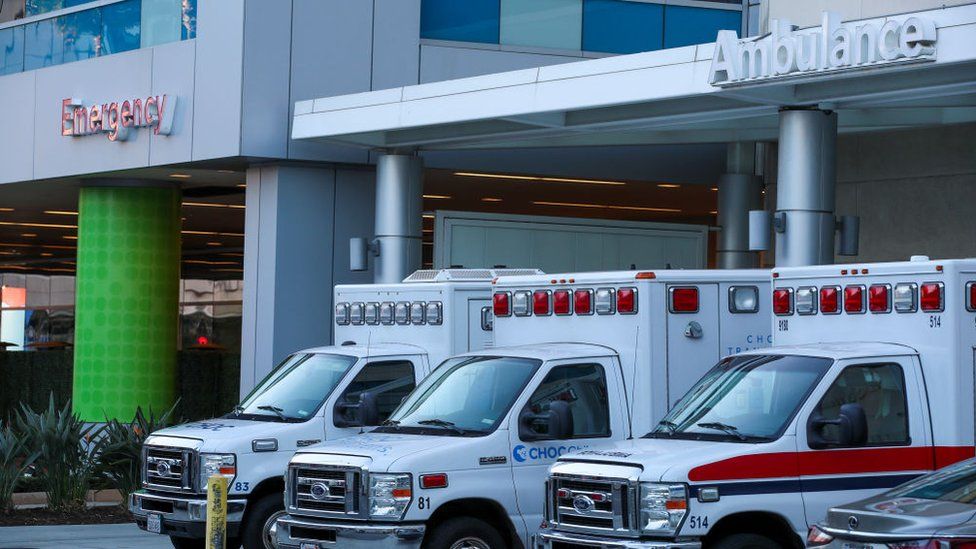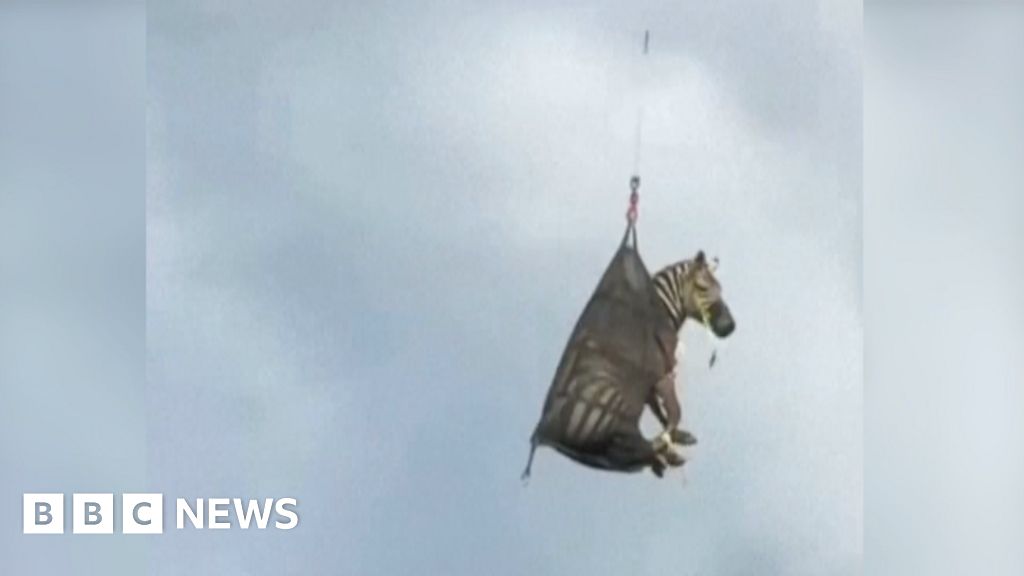ARTICLE AD BOX
 Image source, Getty Images
Image source, Getty Images
Gun-related hospital visits rose all across America, but children suffered the biggest increase
By Madeline Halpert
BBC News, New York
The number of visits children made to the emergency room due to firearm injuries surged during the Covid-19 pandemic, according to a new study.
The number of hospital visits for gun injuries increased among Americans of all ages during 2020 and 2021 compared to pre-pandemic levels, the US Centers for Disease Control and Prevention found.
But the uptick was largest for those ages 0 to 14.
The results are worrying, experts said.
In addition to physical injuries, more exposure to gun violence could lead to an increased risk of mental health issues like anxiety and depression during a time when children and young adults are already battling more mental health challenges, said Robin Gurwitch, a psychologist at Duke University Medical Center.
"Gun violence really does shake core beliefs of how we see the world and the people in it and the systems that are supposed to be designed to protect us," she said.
The new report comes on the heels of a school shooting in Nashville, Tennessee, this week, which left three children and three adults dead.
The number of mass shootings in the US - including at schools - has been on the rise in recent years.
The most recent report from the CDC released on Thursday found weekly visits to the emergency department for firearm injuries among all Americans began to increase at the start of the pandemic in March 2020, surging 37% for that year overall compared to 2019.
That increase was sharpest for girls ages 0 to 14, who had 69% more weekly hospital visits in 2020 compared to 2019, while visits for boys ages 0 to 14 were up 36%, according to researchers, who used health records data from the US National Vital Statistics System.
Though weekly hospital visits fell in 2022 for all age groups compared to the height of the pandemic, hospital admissions still remained higher than in 2019.
The study authors say a range of factors related to the pandemic may have led to the uptick in visits among young children, including disruptions to daily routine and schooling; increased time at home where firearms might be present; more housing and financial insecurity and less parental supervision.
Efforts to improve the physical environment of communities, to enhance safe storage of firearms and to strengthen social and economic supports could help combat firearm injuries, researchers said.
Teachers, school personnel and other caregivers also have an opportunity to intervene, said Ms Gurwitch. She said children need at least one person they can trust to discuss abuse at home, mental health issues and other potential risk factors for violence.
"That seems to be one of the key features that comes up in research over and over: Is there a trusted adult in that child's life?" she said. "We are failing children by not looking at that piece, too."

 2 years ago
45
2 years ago
45








 English (US) ·
English (US) ·